Whether you loved or hated geography class growing up, there was one constant – students finding the places with “funny” names! I don’t know about you, but at my school, it was mainly an odd obsession with body parts and functions.
A few classics include:
- Anus, France (Because even adult butt jokes still make people laugh)
- Condom, France (98% effective at getting a giggle)
- Semens, France (What is going on in France?)
- Zzyzx, California (thank you Fox Kids Saturday morning cartoons)
- Ticklenaked Pond, Vermont (I mean, have you ever been tickled through your clothes?)
- Batman, Turkey (coincidentally home to the Joker internet café and Robin Mobile)
- Haut Sex Mountain, Switzerland (but right on the border with France…)
And finally, the crème de la crème –
Lake Titicaca, South America
Now I realize that many of these are immaturely “funny” because of their correlation to words in the English language, but let’s just roll with it!
From the first time I learned about South American geography, I made a pact with myself that I’d reach this fabled lake!
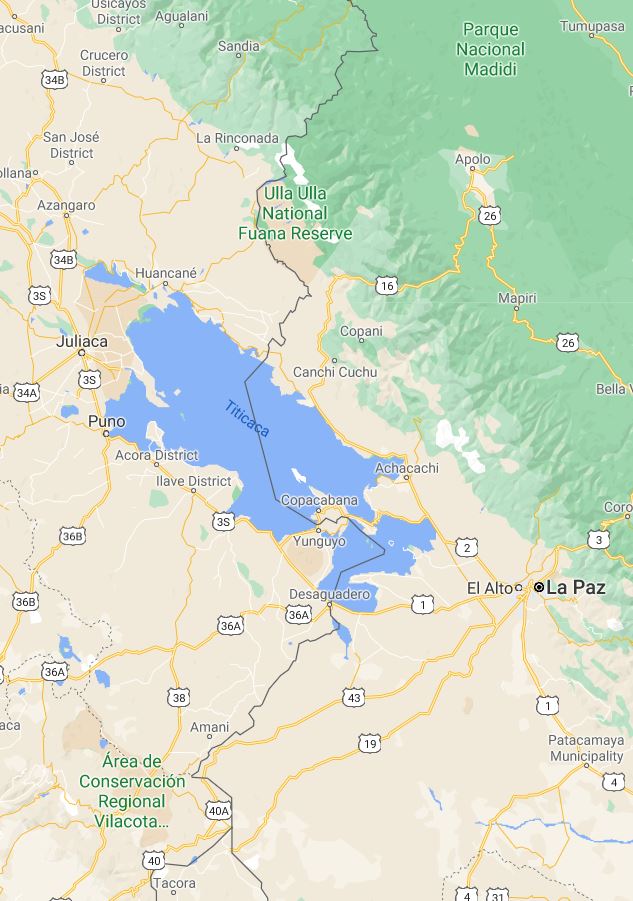
Located on the border between Peru and Bolivia, Lake Titicaca hales as the largest freshwater lake in South America (19th in the world and a little less than half the size of Lake Ontario, for comparison). At 12,507 ft (3,812 m) above sea level, it also lays claim to being the highest navigable lake in the world. That’s a tidbit I certainly forgot from 5th grade!
As is the case with most freshwater sources, Lake Titicaca had a significant historical purpose among the many groups that inhabited the Altiplano region of the Andes.
In fact, in 2000, a team found ruins of an underwater, Tiwanaku temple and village thought to be between 1,000 and 1,500 years old!
While we won’t be diving in the frigid waters, we also didn’t come all this way just to say we saw a lake.
It’s great to check off the childhood whim of seeing Titicaca and the beautiful mountain peaks around it. However, our real draw is the Uros Islands!
Our day starts in the city of Puno, where we’ve holed up at the lovely Hotel Royal Inn. This portion of Puno is quite safe for tourists, which is something we experienced last night while wandering around for a restaurant. However, it can get quite chilly at night, so we’ve embraced having a light jacket around while in these high-altitude portions of the trip.
It’s a scant 1.6km (~1 mile) walk to the docks to catch our ferry for the day, so with my camera around my neck, we head out!
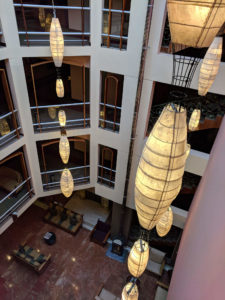
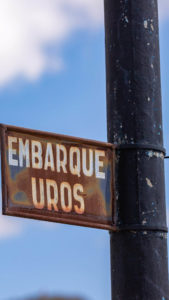
After queuing for the ferry, it’s another 20-minute ride to reach the islands.
It’s a gentle ride as the Uros Islands rest relatively close to the shoreline in a marshy region. As you begin to enter the reeds, the first thing that stands out is just how tall and dense they grow.
It’s similar to what I’d imagine a tame version of the Florida Everglades would be. Tame in that there are no large predators unless of course, you count the local Uru harvesting reeds with their sickles!
As we enter the islands, it’s almost shocking to see that one particular island actually has a small soccer/futbol pitch on it! Seems no matter where you are, people will find a way to play the most popular sport on Earth!
Once you reach the community, you’ll quickly notice that most islands contain a small watchtower on them, with a larger tower being near the entrance to the village. These were originally designed as a means of identifying threats. In the event something was seen, the islands could be unmounted and pushed out to the lake to help remain safe.
Now, most of them seem to be a colorful means of expression as each island seems to have its own unique tower design!
As we tie up on our destination island, you’re greeted by the entire island’s population. For small islands, it looks like roughly 3-4 homes and for the larger, there can be up to 10 households!
When you take your first step onto the islands, it’s almost surreal as the “ground” gives way by a few inches with each step. The only thing I can liken it to is the feeling if you were to step on a loose hay bale. The second thing you’ll notice is that there is a very distinct scent in the air. Nothing terribly off-putting, but quite similar to seaweed. So in the event you somehow forget, you have a constant reminder that you are on an island made from dying plants!
We quickly learn that the entire group on our island is multiple generations of one family – 4 to be exact!
As with any cultural destination, why read about how the people live when you can be shown!? Our host family was kind enough to oblige us with a demonstration of their history, lifestyle, and how they build/maintain their islands. Oh, and don’t worry, like any welcoming family, they made sure to involve the group and make the whole experience interactive!
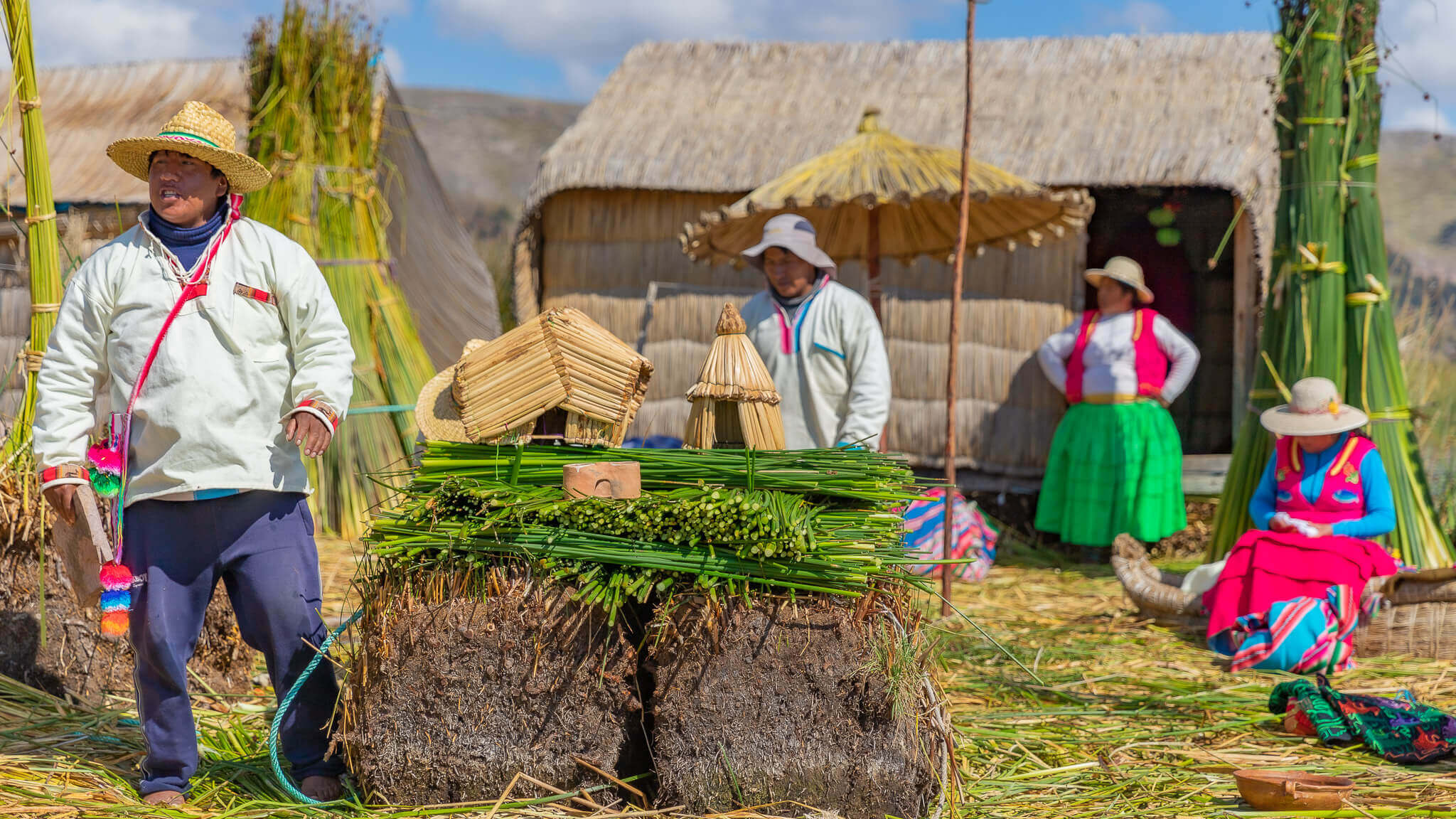
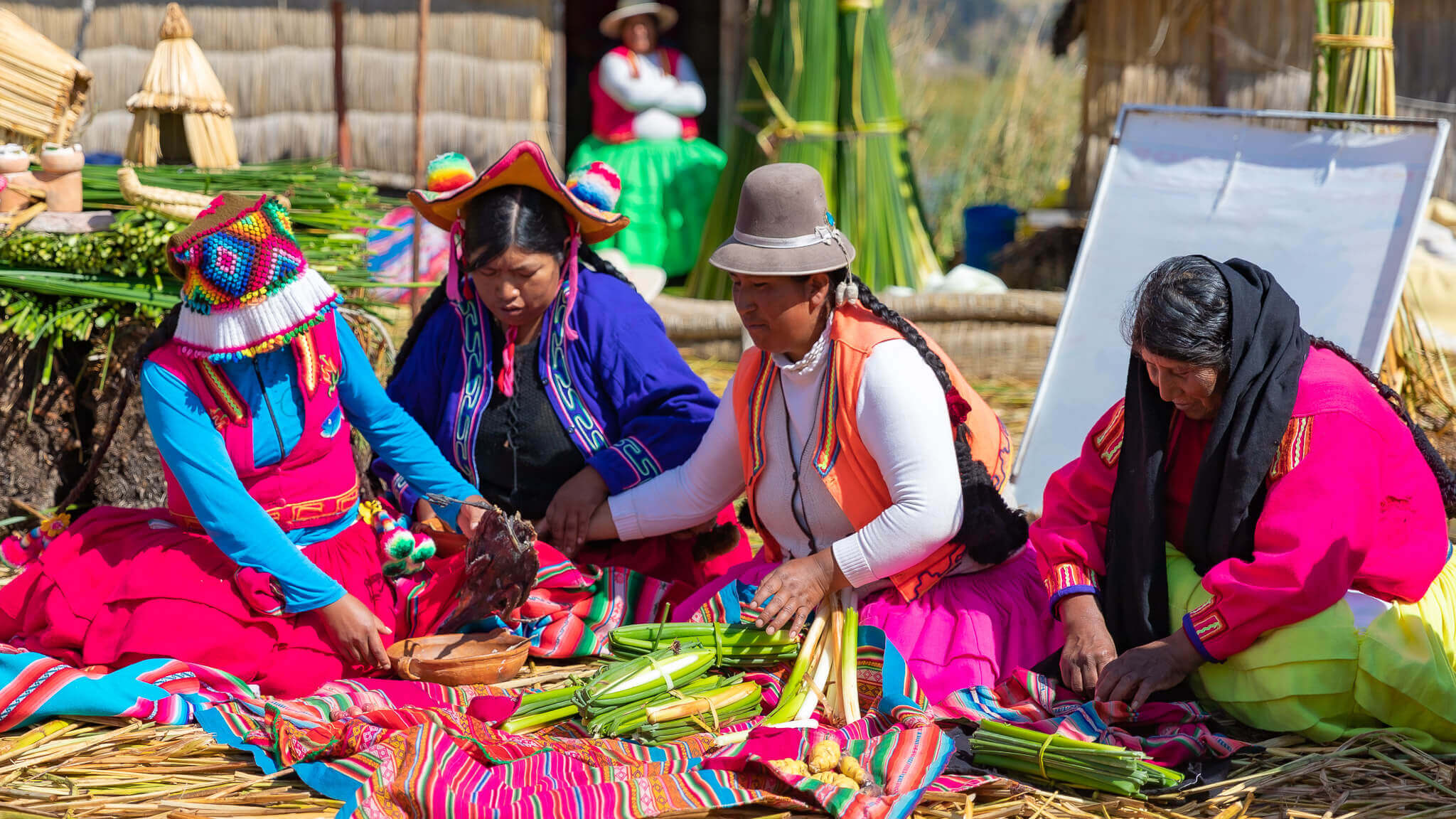
After listening for 10-15 minutes, we quickly realize just how hot it’s become with the lack of any tree or cloud cover! Living in Colorado, we’re used to clear, sunny days at altitude but even this caught Darcey and me by surprise! Then again this is over twice as high! Well, at least we know why just about every local dons a hat and long garments…lesson learned!
Afterward, each of us is shown what the insides of the huts look like. All your basic bedroom amenities are present from clothes hooks to beds. What we didn’t fully expect is that some of the huts have solar panel attachments and even television! Sure beats a boat ride into Puno if you want to catch a match!
——-
As part of the visit, we’re offered the opportunity to wear some of the local clothing for a photo op. While definitely part of the tourist trap, as they say, “when in Rome!” After all, a small sol tip (5 sol ~ $1.50 at time of writing) isn’t too much to part with for that authentic photo!
As with any major tourist attraction, there’s also the opportunity to buy local handicrafts – from trinkets to blankets and tapestries. While unique in terms of a souvenir, unfortunately, none of the items match any décor in our house, so we passed on this one. Plus, we had already purchased our local painting back in Cusco a few days earlier.
Before you depart there’s one last touristy endeavor – a short cruise in one of their reed boats. These boats are remarkably constructed and the one we were offered was even equipped with an upper deck!
Again, we’re in a tourist attraction, so this ride comes with an additional cost of about $10 a person. Not a big deal, but just something to keep in mind if budgets are tight!
While this isn’t something that will give you any greater appreciation for the site, it’s still an enjoyable memory to say you boated around on Lake Titicaca in an Uru boat! It does at least offer up the chance for a few more memorable photos!
While not a location that many will say is a “must-do” or a reason to visit Peru, we certainly wouldn’t tell anyone to avoid it if they’re going to be down in the Puno region. It would certainly be an experience to boat further out into the lake and see more of what it has to offer (there are some luxurious resorts on some of the more distant islands on the lake), but I can’t imagine it’s much different from saying you boated on one of the great lakes in the US…just with mountains.
We’re certainly grateful that we had the chance to visit.
It’s remarkable to think that the 1,200 or so remaining Uru descendants still maintain the language and culture that has been passed down for centuries! Think about it…there is literally nowhere else on Earth that you will be exposed to this! A remarkable thought that makes you really appreciate just how fragile and appreciative we should be of the people and places we share this planet with!
The floating islands of Lake Titicaca were one of those locations I’ve known of since around the 5th grade. While it started as childish laughter due to the name, it became a memorable experience as an adult.

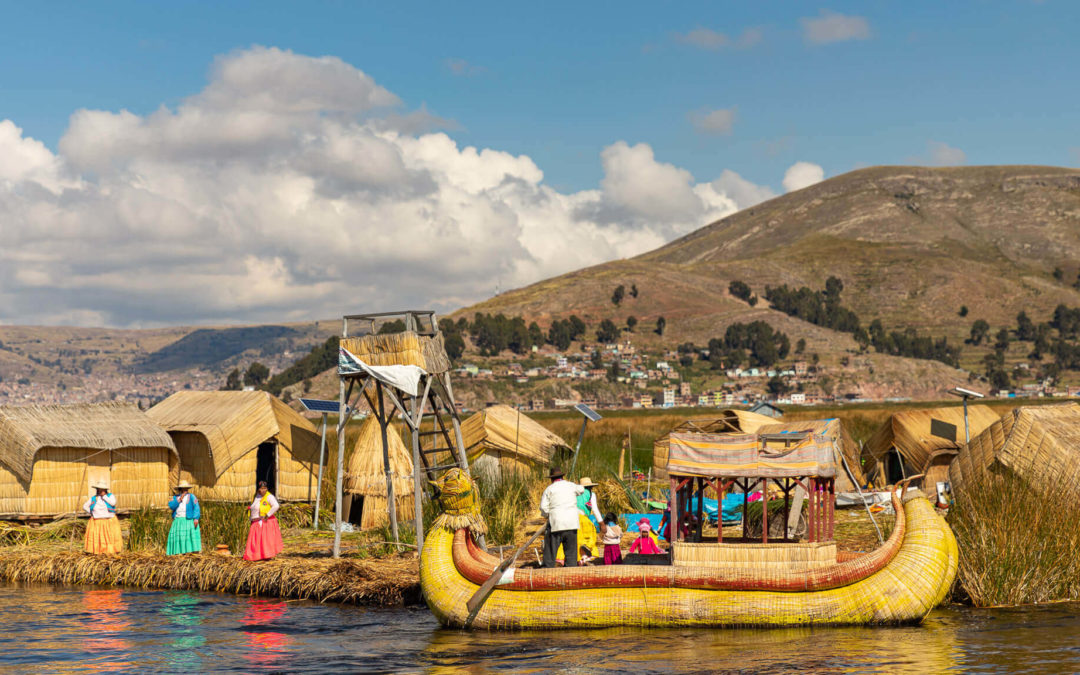
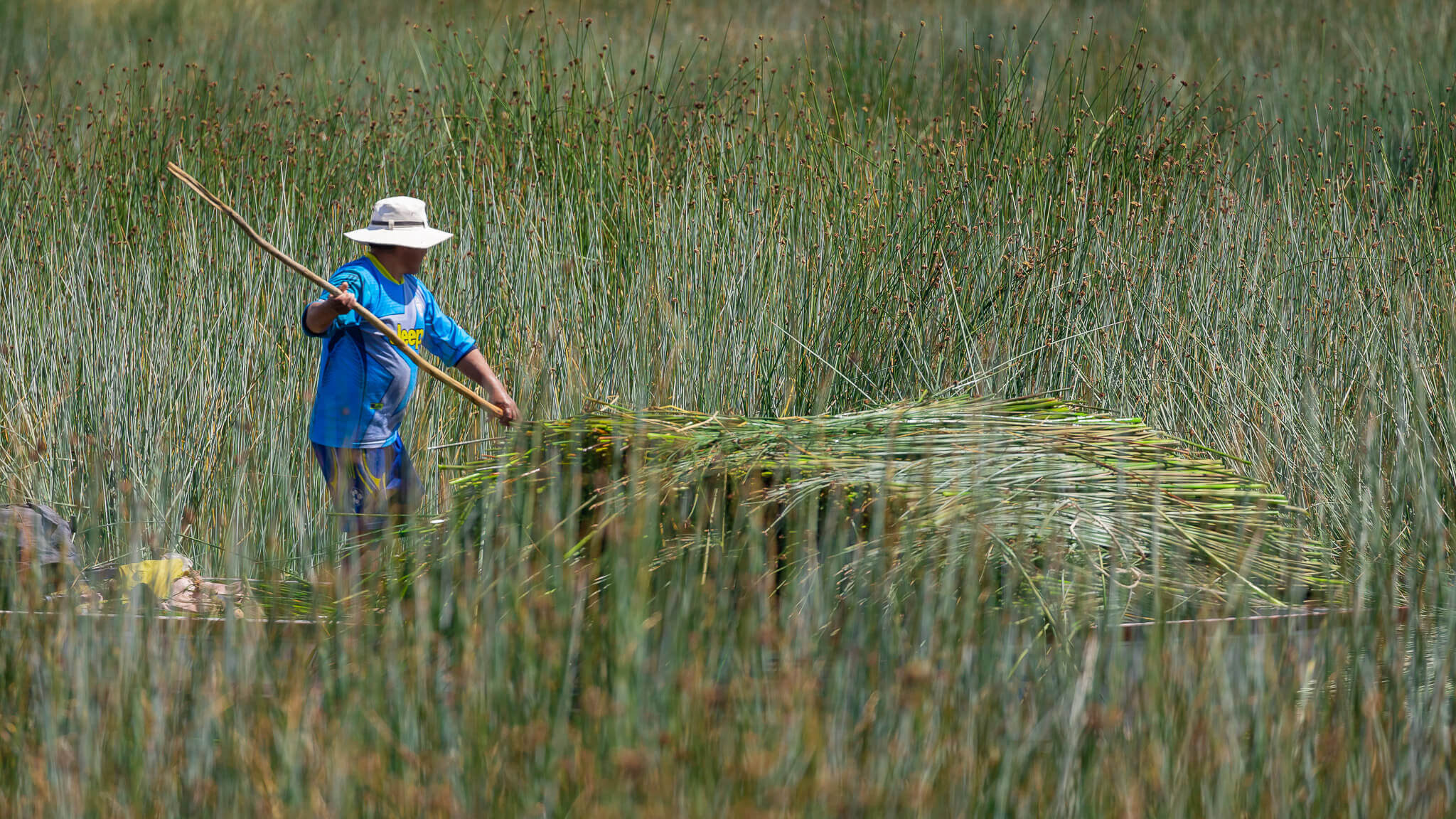
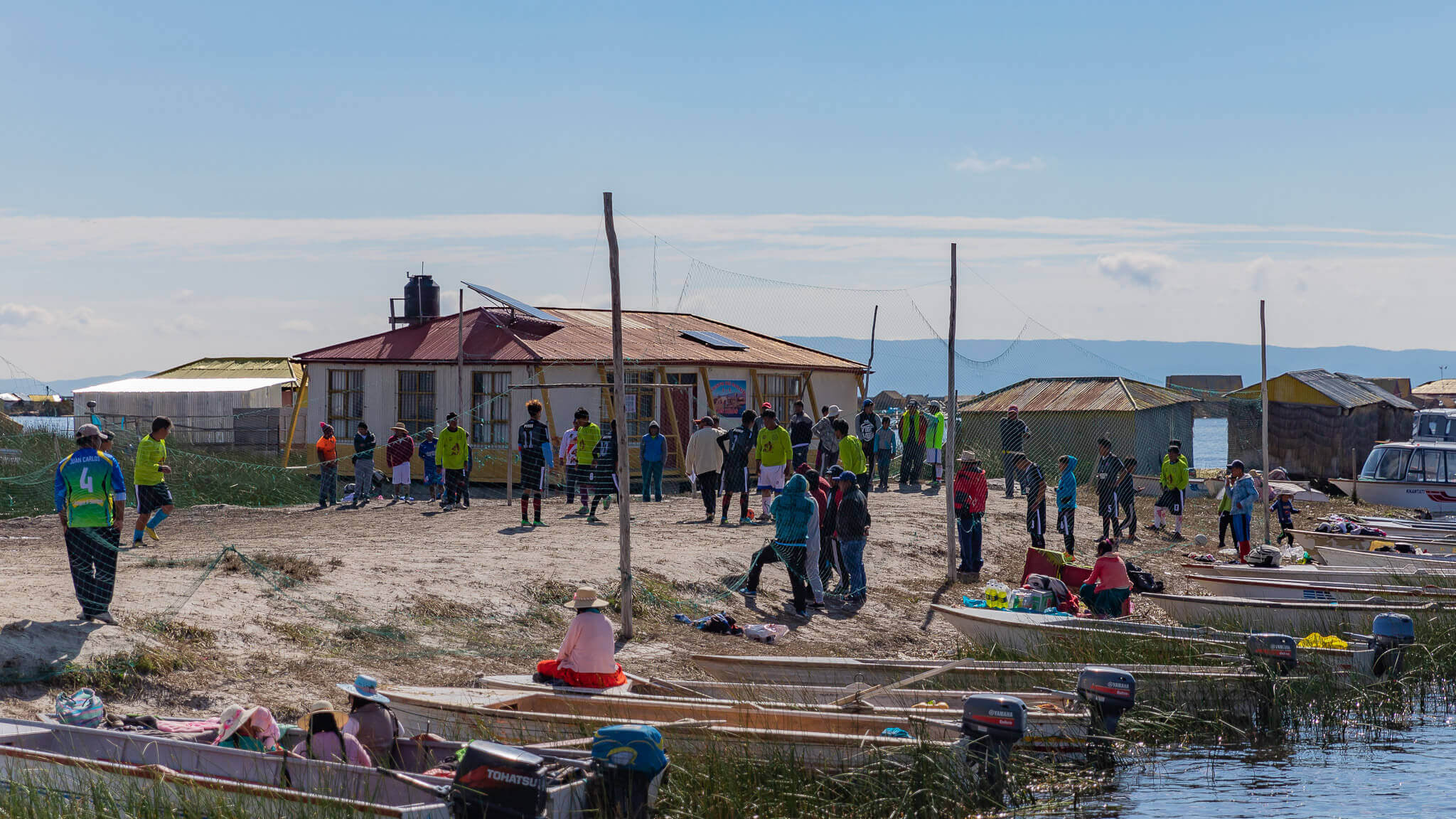
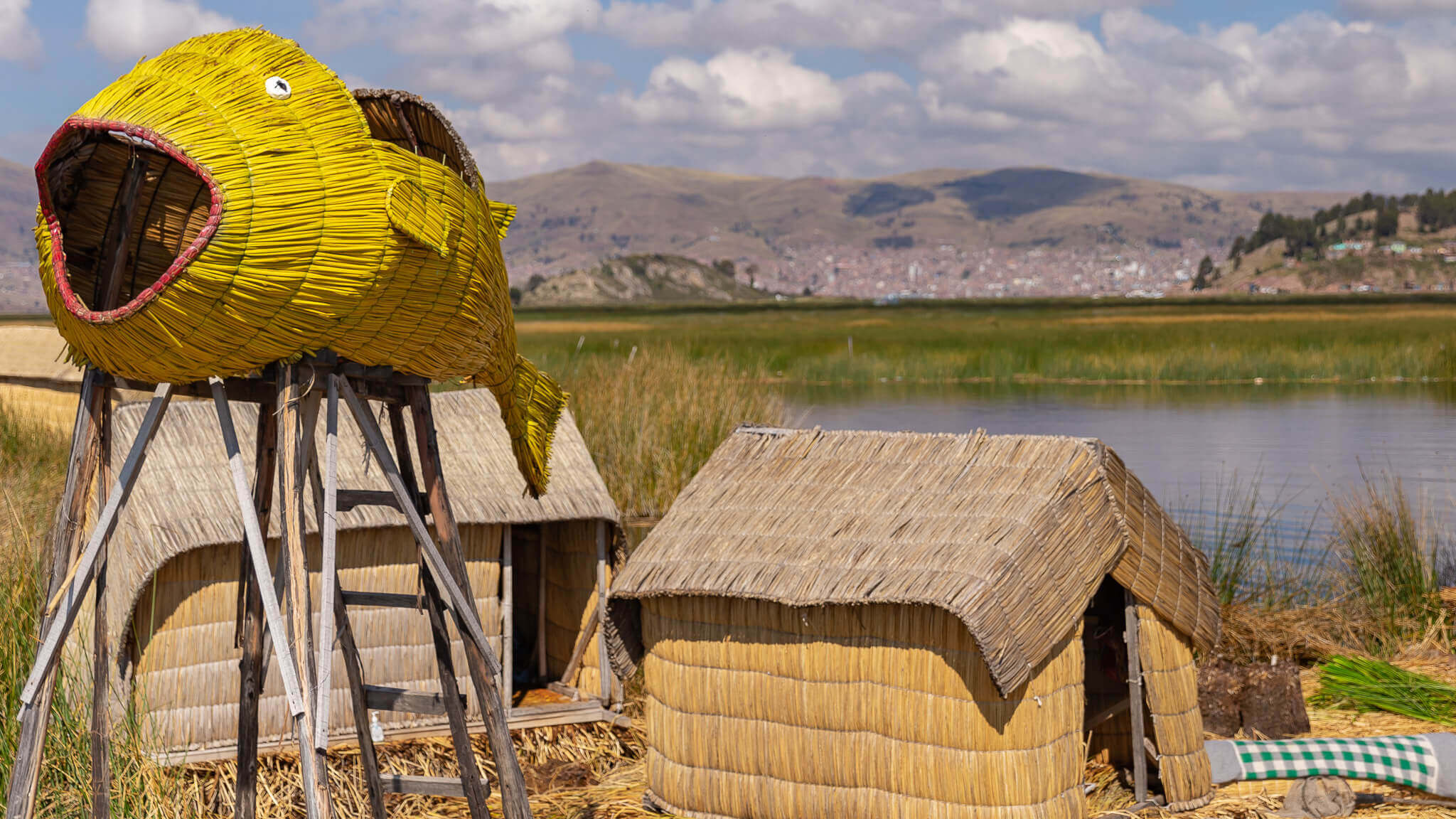
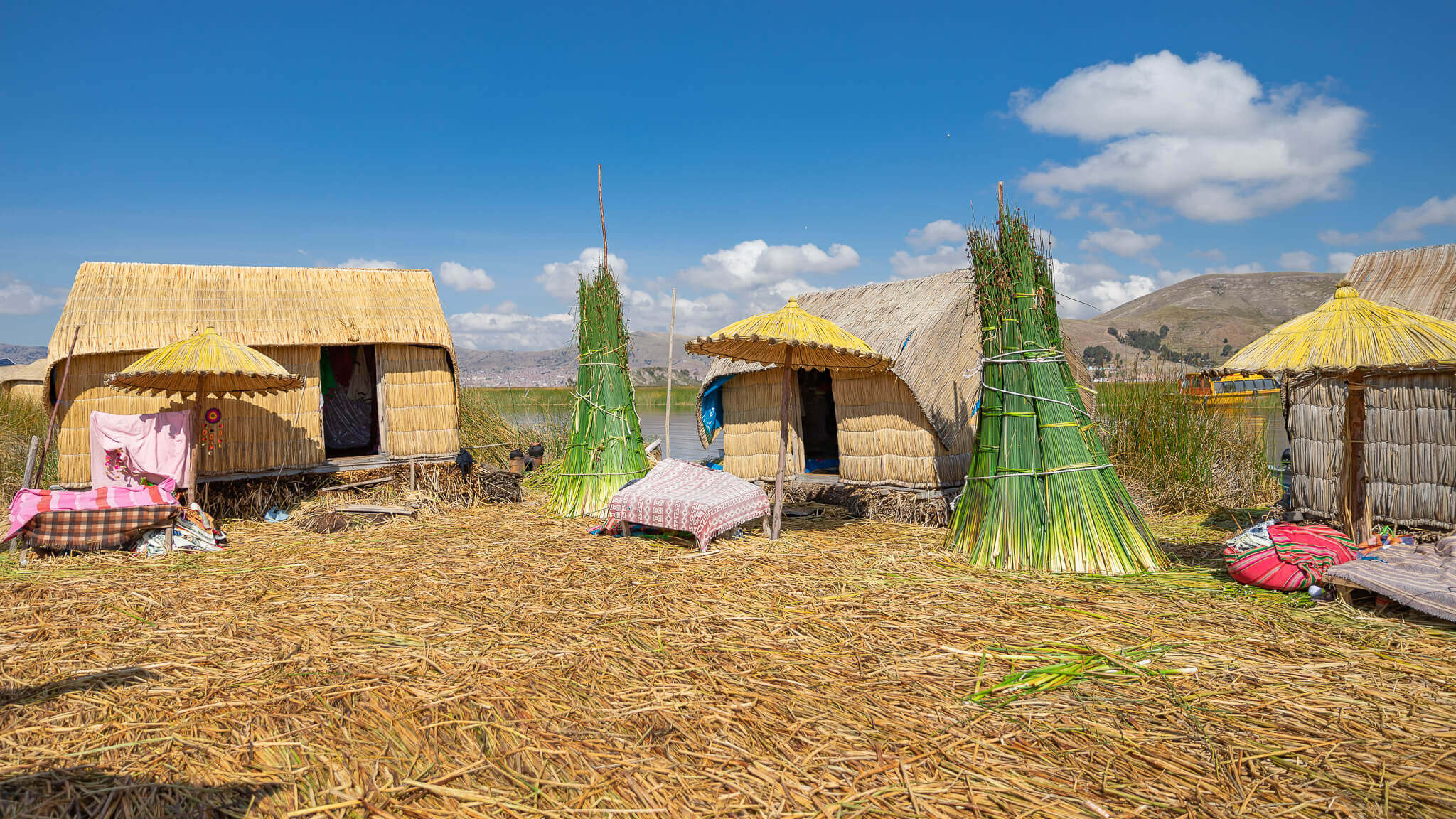


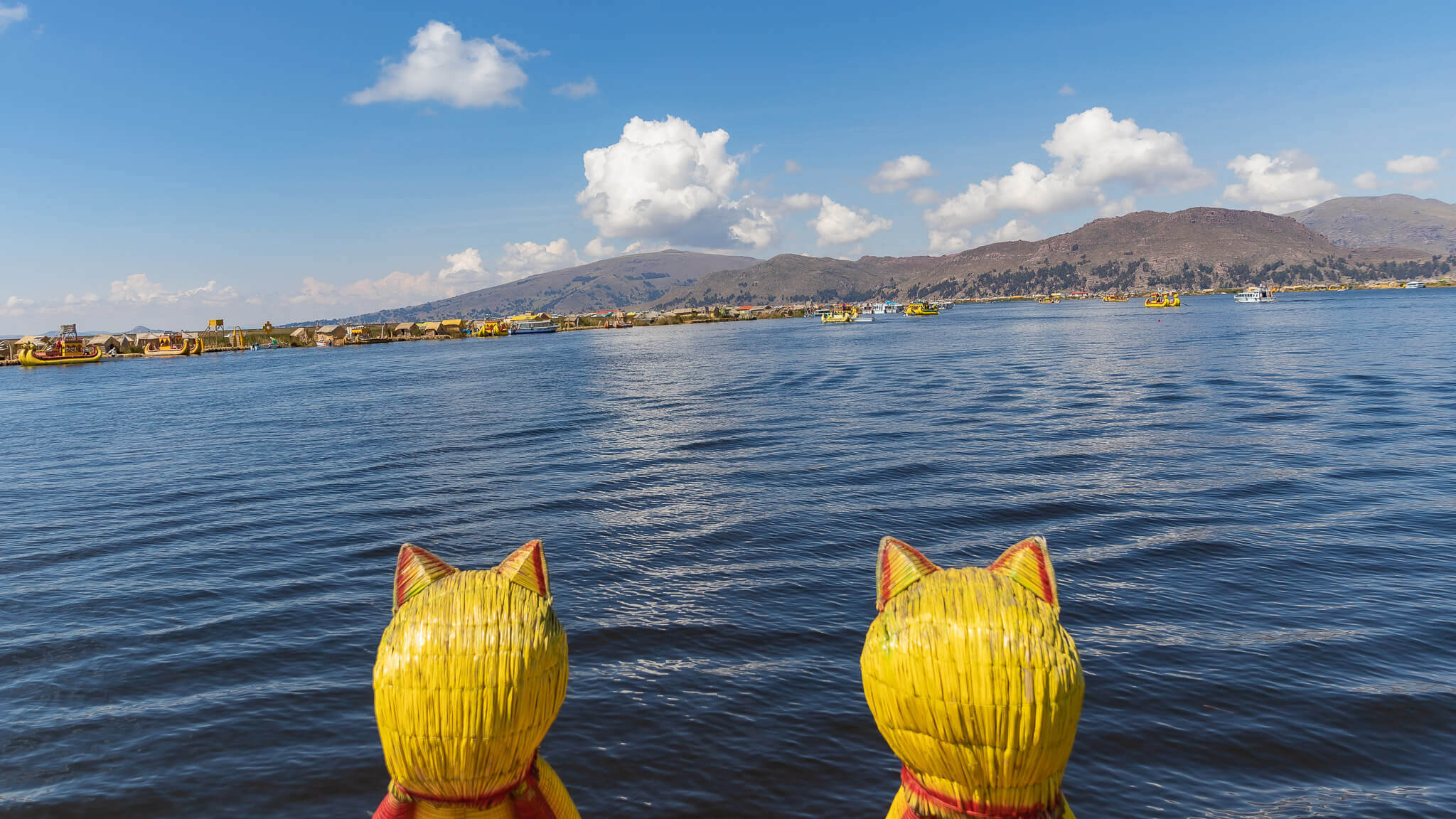

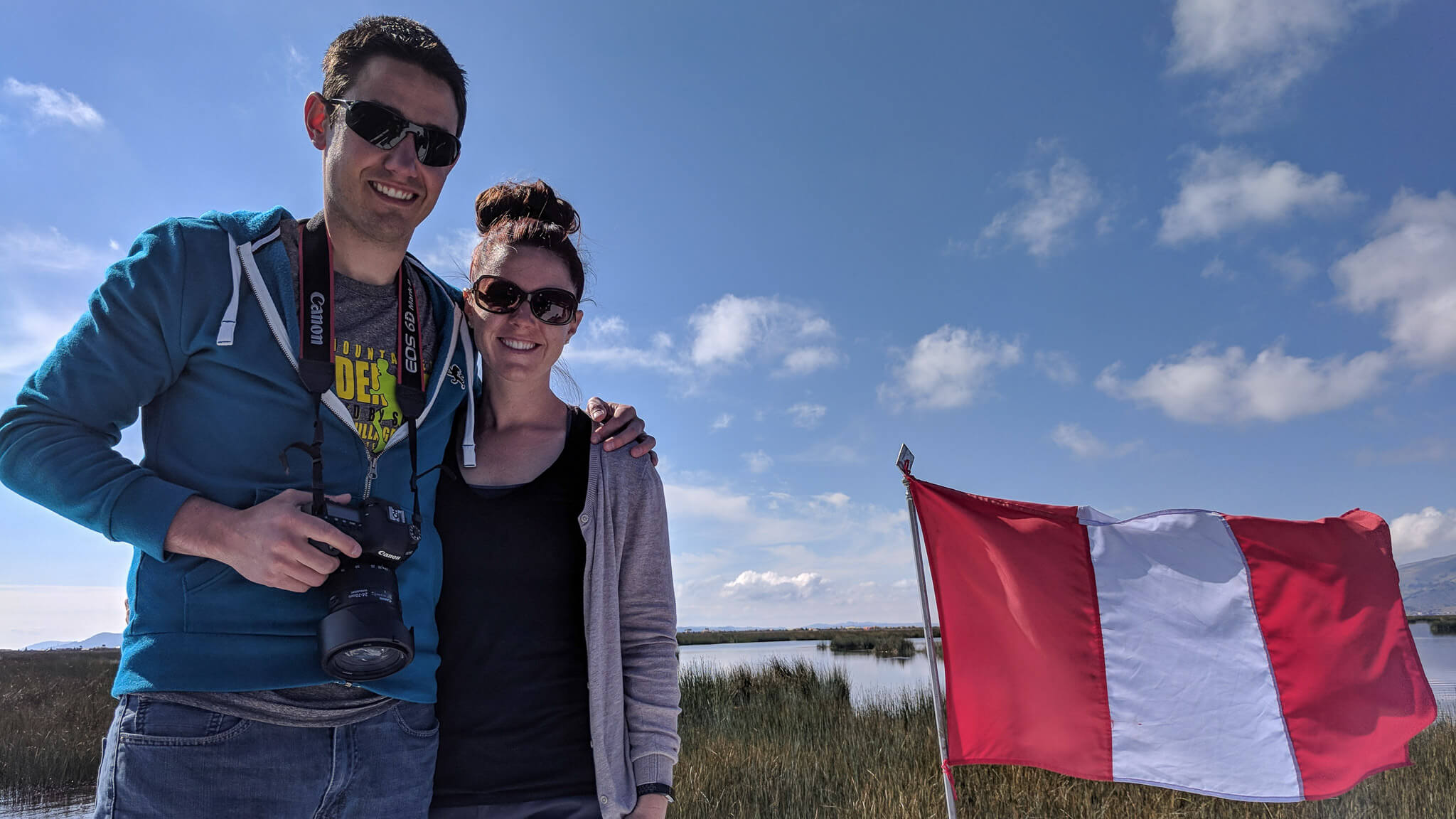
Everything is very open with a precise clarification of the challenges. It was really informative. Your website is useful. Thanks for sharing!
I just added this page to my favorites. I enjoy reading your posts. Tyvm!